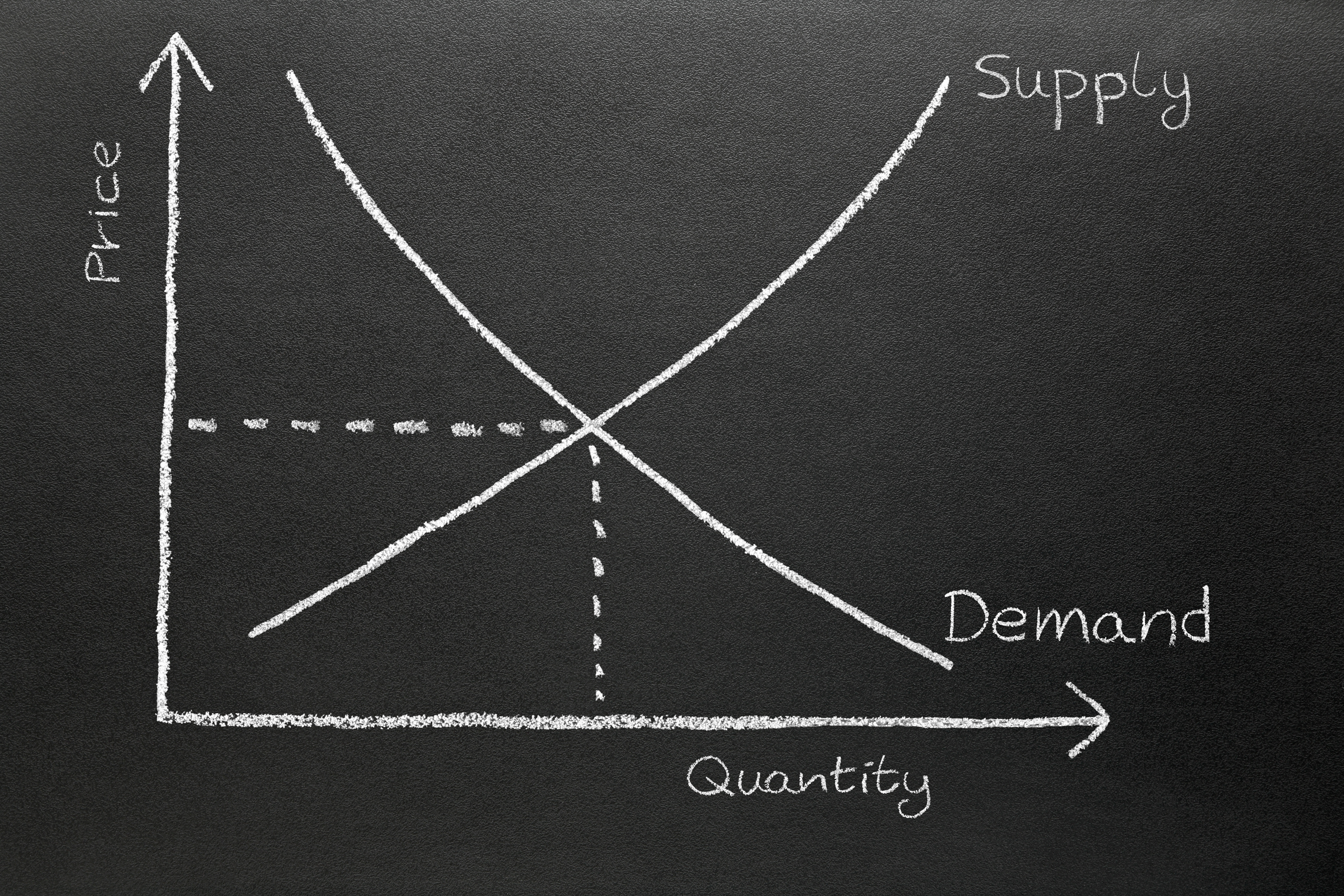
Demand Side: Purchasers
The demand for real estate is influenced by various factors, including economic conditions, population growth, employment opportunities, interest rates, and consumer confidence. When these factors align favourably, the demand for housing tends to increase. Purchasers and tenants are more willing to enter the market, leading to a surge in property prices and rental rates.
For instance, in a thriving job market where employment opportunities are abundant, the demand for housing tends to rise as individuals and families relocate in search of better prospects. Additionally, low interest rates often stimulate home purchases, as borrowing becomes more affordable, further driving demand.
Supply Side: Sellers
On the supply side, property sellers respond to market conditions by adjusting pricing to meet the demand. For instance, in times when there is a large demand for homes, sellers may be able to increase the price of their properties. Conversely, during economic downturns or periods of oversupply of property, the seller will need to look at making their prices more competitive to attract the few buyers in the market.
Market Equilibrium
The equilibrium price and quantity in the real estate market occur where the demand and supply curves intersect. At this point, the market is in balance, and property values stabilize. Changes in external factors, such as economic shocks, regulatory interventions, or shifts in consumer preferences, can disrupt this equilibrium, leading to fluctuations in the real estate market.

Conclusion
Unfortunately, I do not believe that we have reached market equilibrium in the South African real estate market and when looking at stock levels across the board there seems to still be an oversupply of property in the market. This naturally will drive the prices of properties downward. While the stabilisation of interest rates certainly is driving the market in the right direction, external factors and the general constraints on consumers still contribute to low demand for property.